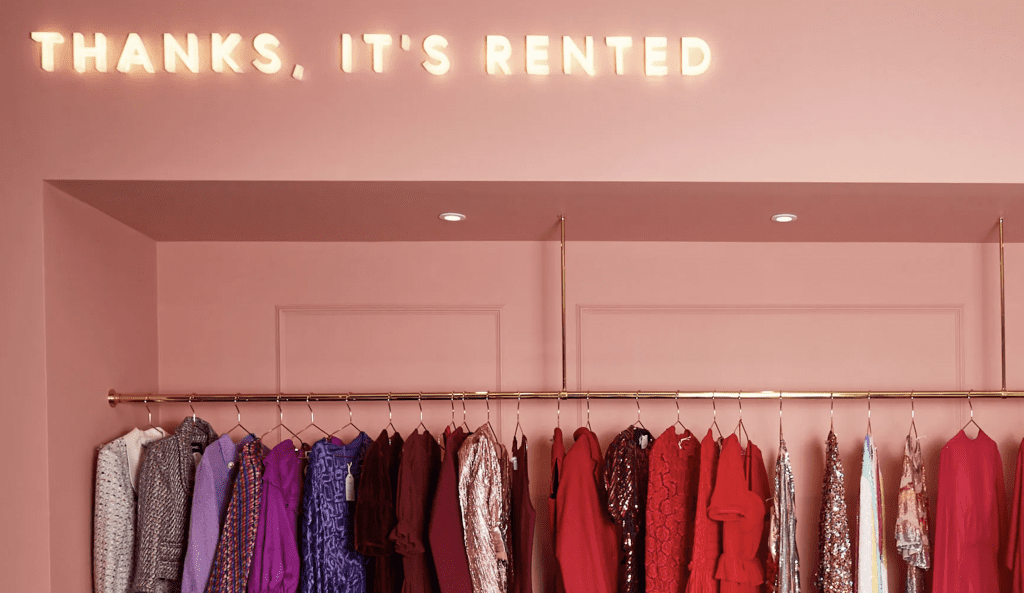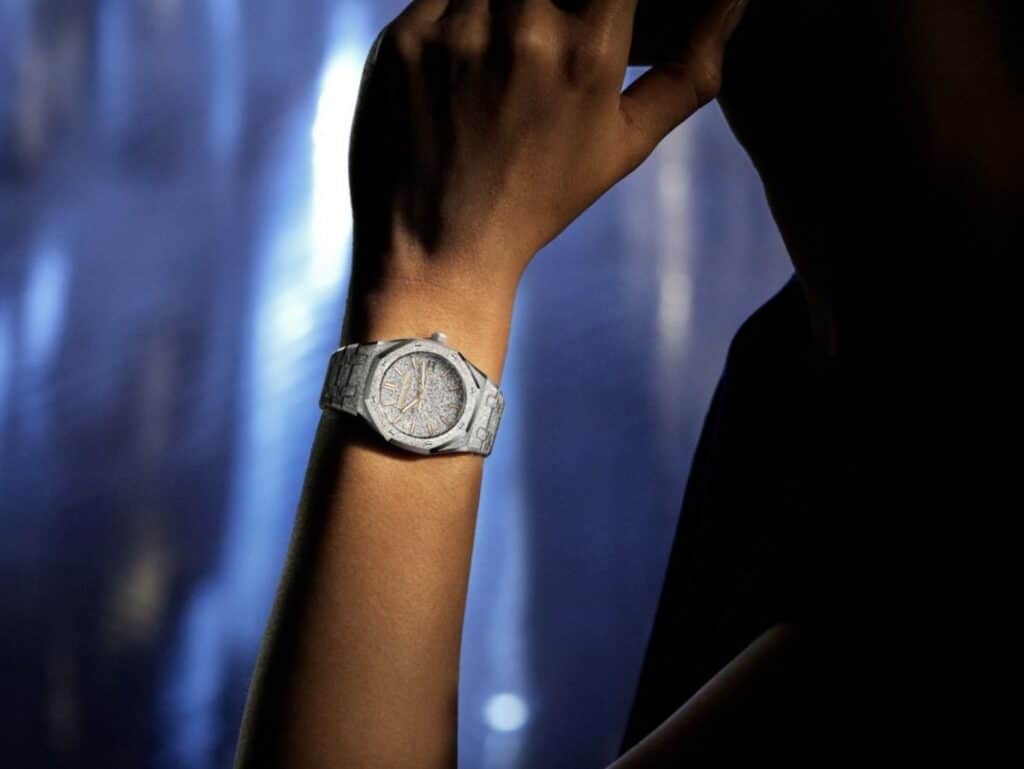What comes after quiet luxury, the trend that saw the embrace of understated styles (and thus, the shunning of bold branding)? Quiet logos. According to a report from the WSJ, “Some old-money clothing brands, like Brunello Cucinelli and Loro Piana, have relied for years on small, telltale signatures. But now a much broader swath of brands, including cooler labels like Wales Bonner, Miu Miu and Loewe, is low-key riffing with logos.” These subtler takes on source indication come in place of “in-your-face monograms that once loomed on tees and weighed down ‘it’ bags.”
> Note: If Lyst’s recent indexes of “Fashion’s Hottest Brands and Products” are any indication, both Miu Miu and Loewe are doing it right; with both companies and their products surging in popularity among consumers.

Practically speaking, the shift towards “quiet logos” is seeing companies use logos that are “debossed (the inverse of embossed) or stitched on via tone-on-tone embroidery” in some cases, according to the Journal. In others, designers are “blowing logos up to proportions so exaggerated the motifs become abstract or tacking plaques onto out-of-the-way spots like collar-backs and hips.” The hypothesis is that “sporting such knowing winks can let you signpost your brand allegiances – and status – to those in-the-know without resembling a billboard.”
In the latest trend in branding one example that stands out: Prada’s enduring efforts to whittle down the details of its famed triangle logo, something that TFL has been tracking for a few years now. The Italian company’s effort to amass rights in (and registrations for) its upside-down triangle without any of the words or other elements that have traditionally appeared inside of it affords the company greater leeway to take on copycats that may opt to replicate the company’s signature triangle with their own name inside. It also enables the company to put forth branding that is a bit more inconspicuous and therefore, in line with current trends in branding.

The recently-rising use of trademarks in a way that favors “quiet branding” is also noteworthy, as “quiet branding” does not mean no branding at all. This is important considering what many consumers are actually looking for when it comes to the offerings of many of the biggest plays in the luxury segment (think: Louis Vuitton, Chanel, Gucci, etc.): they are, in fact, looking for products that come with indicators of source.
As Bain & Co. noted in connection with its annual Luxury Study, which it released earlier this month, sales in the personal luxury goods market are slated to fall this year. And that may be due, at least in part, to luxury goods purveyors’ focus on “quiet luxury”, which has not necessarily generated traction among large swathes of shoppers, who seemingly still favor obvious displays of companies’ branding. In other words, a sizable number of consumers are not looking for obscured indicators of source, and instead, want it to be know – and to be easily discernible – where their wares come from.
These “aspirational luxury buyers” are critical for luxury brands’ growth. McKinsey called it early this year, stating in a note that “while price increases and a focus on the wealthiest consumers may help buoy revenues in the short term, these strategies may impede growth in the long term if pursued in a vacuum.” This is because aspirational luxury consumers – i.e., those that spend a “moderate amount” on luxury goods and those that tend to seek out items with clear indicators of source (aka logos or monograms) – account for at least 50 percent of the luxury market’s value.
With this in mind, the emergence of quiet logos – as an evolution of quiet luxury – may let brands have it both ways.
This is a short excerpt from a weekly briefing that is published exclusively for TFL Pro+ subscribers. For access to all of TFL’s content, including our weekly briefings, inquire today about how to sign up for a Professional subscription.











